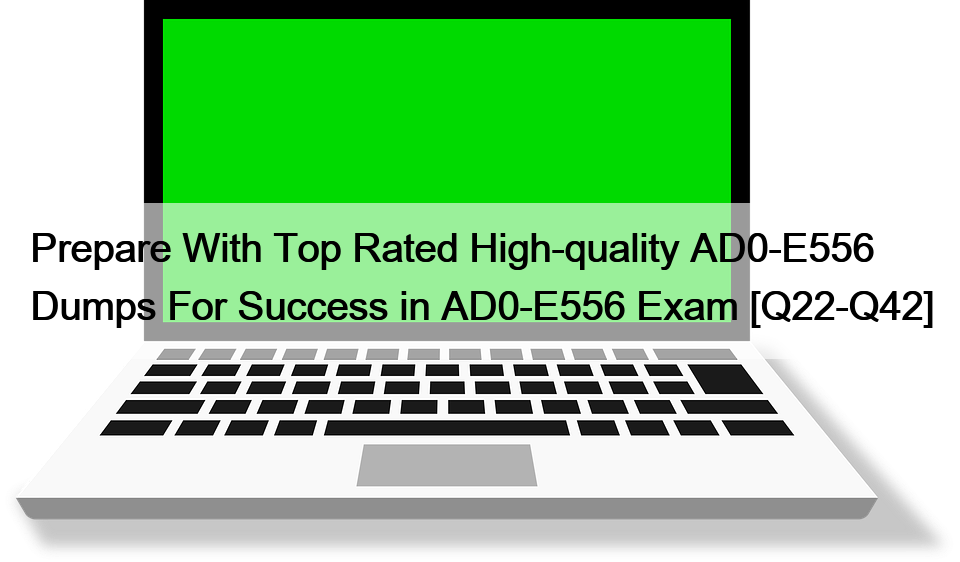|
This page was exported from Free Exams Dumps Materials
[ http://exams.dumpsmaterials.com ] Export date: Tue Feb 18 21:58:53 2025 / +0000 GMT |
Prepare With Top Rated High-quality AD0-E556 Dumps For Success in AD0-E556 Exam [Q22-Q42] Prepare With Top Rated High-quality AD0-E556 Dumps For Success in AD0-E556 Exam AD0-E556 Free Certification Exam Easy to Download PDF Format 2024 Get 100% Success with Latest Adobe Marketo Engage AD0-E556 Exam Dumps: https://www.dumpsmaterials.com/AD0-E556-real-torrent.html |
|
Post date: 2024-02-22 15:03:31 Post date GMT: 2024-02-22 15:03:31 Post modified date: 2024-02-22 15:03:31 Post modified date GMT: 2024-02-22 15:03:31 |